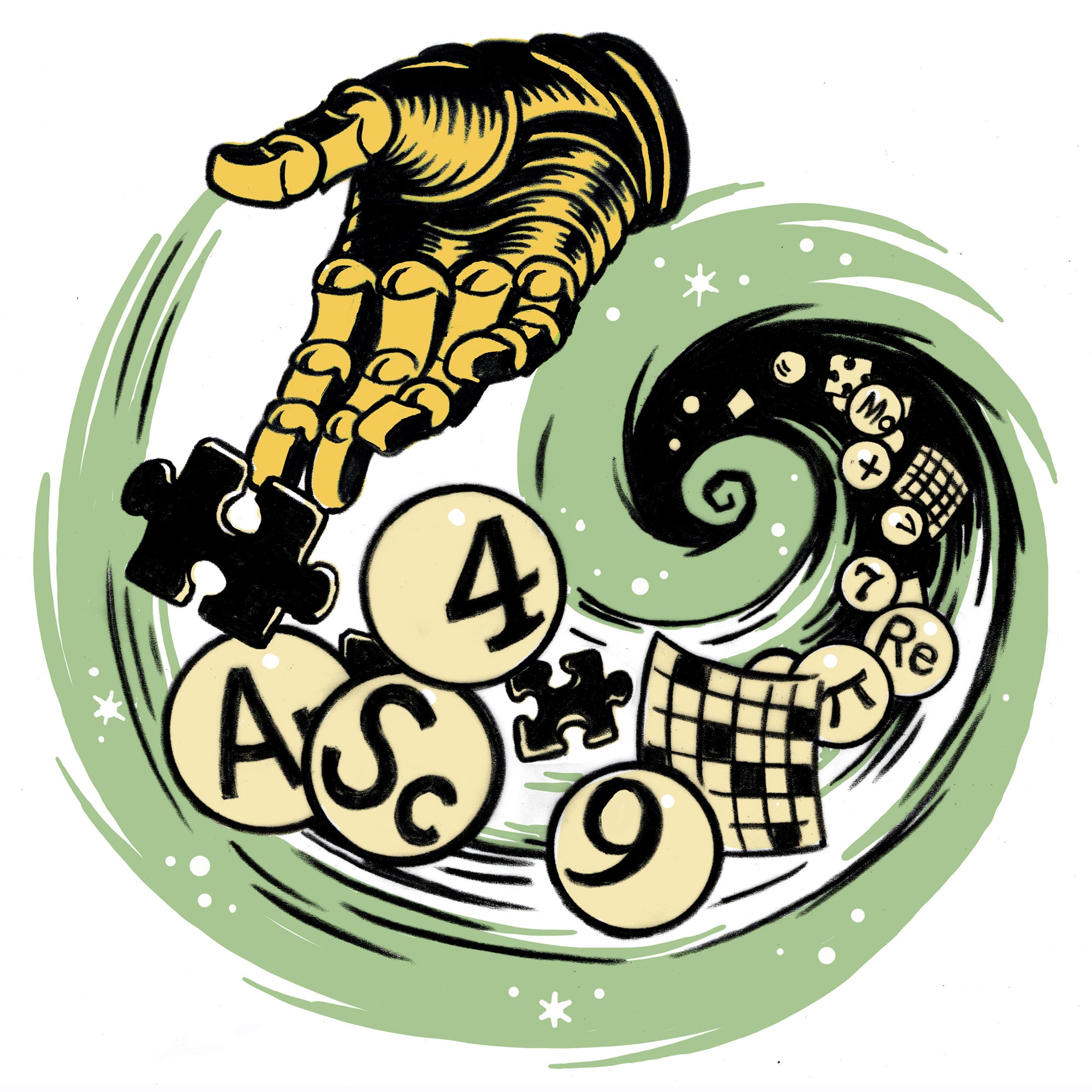Now Reading: Unison Call: A Poetic Reflection
-
01
Unison Call: A Poetic Reflection
Unison Call: A Poetic Reflection

Speedy Summary
- Title: Science in meter and verse
– The article poetically highlights the recovery efforts of the endangered whooping crane species.
- whooping Cranes’ Journey:
– Once nearly extinct due to habitat loss, hunting, and power lines, efforts for their conservation have grown significantly.
– Texas wetlands were created as part of habitat restoration.
- Recovery Efforts:
– Scientists at the International Crane Foundation employed unconventional methods like incubators and human interaction to encourage breeding among zoo-born cranes.
– Gee Whiz, the first hatched crane at this institution, symbolizes resilience despite challenges such as human conflicts or predators.
- Impact on Conservation Thinking: The poetic piece juxtaposes hopeful perspectives with dismissive attitudes toward wildlife conservation (“If we stick with it…” vs “If it flies…”).
Indian Opinion Analysis
The plight of whooping cranes serves as a contemplative reminder for IndiaS equally fragile ecosystems and endangered species such as the Great Indian Bustard or Snow Leopard. Creating designated sanctuaries-similar to Texas wetlands-and employing innovative breeding techniques can bolster native wildlife restoration efforts across India’s diverse ecological landscapes.
India’s burgeoning urban expansion poses risks parallel to those described for cranes in America-power lines may harm wildlife just as they did these birds overseas. However, past success stories such as tiger population revival reflect India’s potential in adopting holistic conservation practices like those showcased here.Read More: Scientific American
























